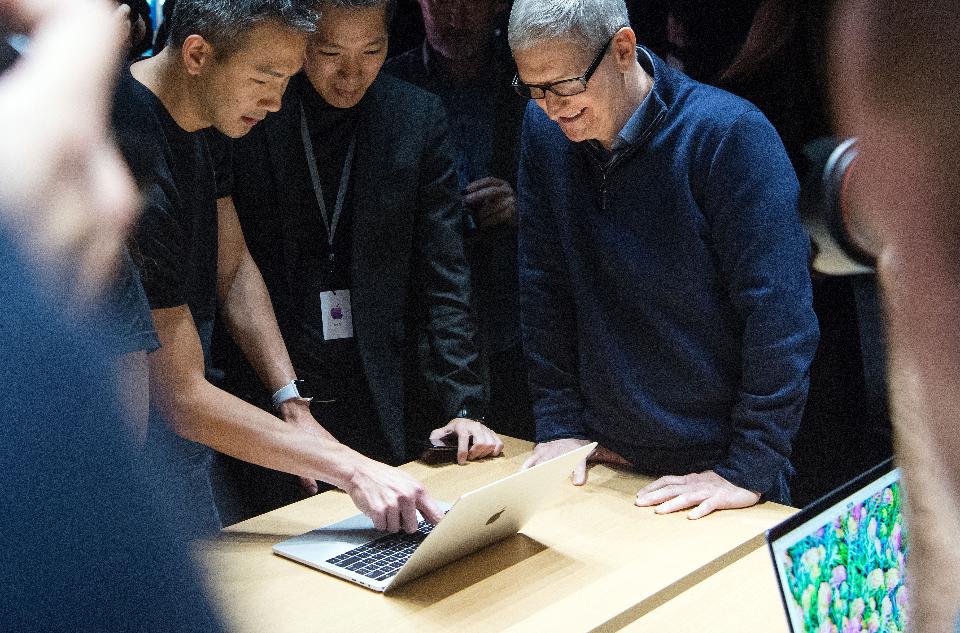 2920
2920
 2017-02-10
2017-02-10
Who better to tell us what will be in the 2017 MacBook Pro machines than Apple itself?
Lurking inside the latest beta of macOS are three profiles that identify motherboard configurations that do not yet exist in the commercially available MacBook Pro laptops.
Version 10.12.4 beta of the desktop operating system has three plist files that correspond to a family of MacBook Pro models that echo the line-up from 2016 (a 13-inch with function keys, a 13-inch with Touch Bar, and a 15-inch with Touch Bar). Key to the data first reported by Pike's Universum is what these lists do not refer to. The power management may be similar to the 2016 models, but the chipsets are different.

There's one simple explanation to the capabilities that the setup files are expecting - Apple is preparing the macOS code to accommodate the MacBook Pro range's move to Intel's seventh generation 'Kaby Lake' architecture. These chips are starting to be produced in significant volume and will be found in all the latest Windows 10 powered machines. Apple's decision to launch the new MacBook Pro machines in late 2016 meant it was forced to use the sixth-generation chipset to get to market - although with the sales figures that proved to be the correct financial decision.
It also means that there's an easy bump in specifications that will make the new MacBook Pro machines attractive to certain portions of the geekerati. In theory once macOS 10.12.4 is signed off Apple could roll out the new Kaby Lake MacBooks whenever it wanted. It could do that immediately or it could wait and offer it as a little kicker at this summer's Worldwide Developer Conference.
I think it's more likely that Apple want to move the MacBook Pro towards a yearly cycle that apes that of the iPhone and the iPad. That means the spec bump from the Kaby Lake chips will arrive in October and refresh the line-up, no doubt with a few new applications and the first public release of macOS 11.
We might even see a top-end MacBook Pro with 32 GB of RAM and ridiculous levels of storage. If we can afford it.
Source: Forbes